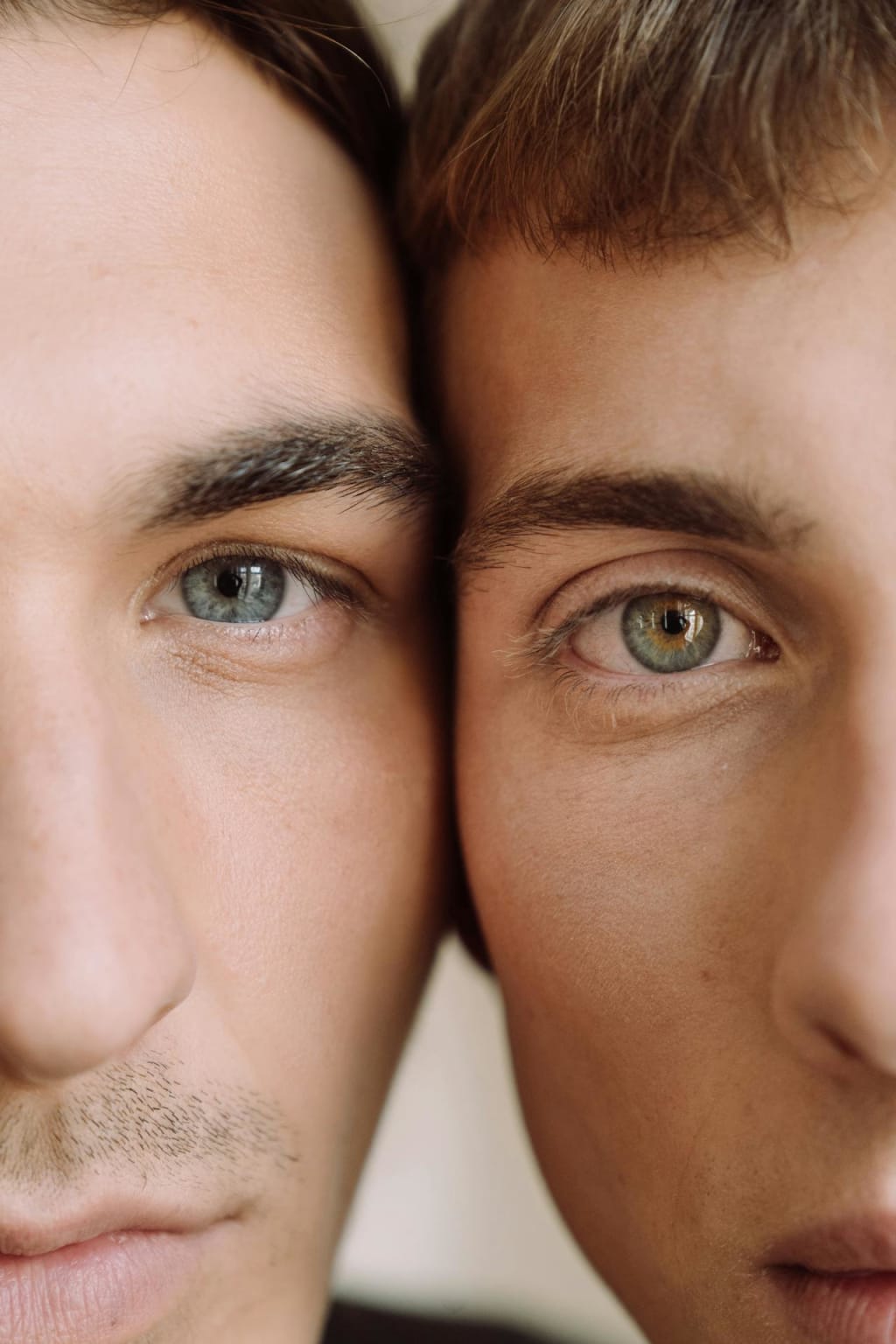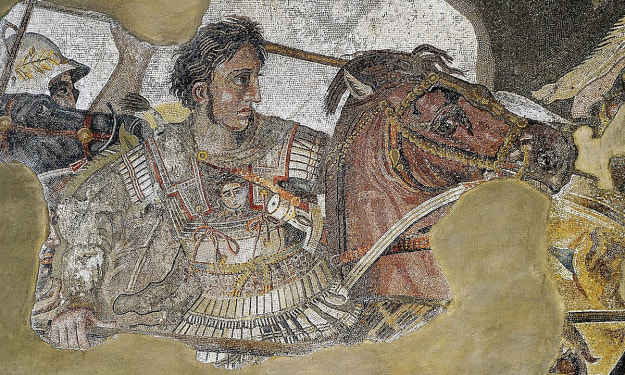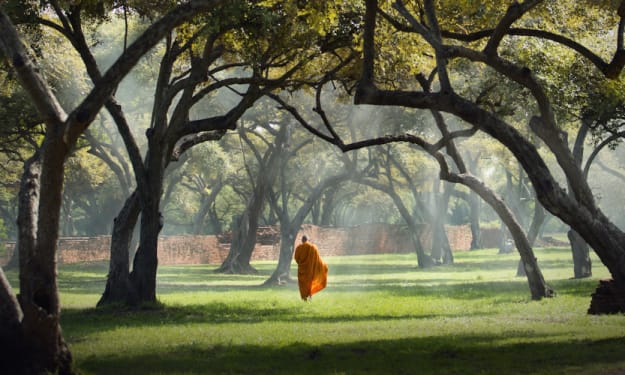What constitutes handsomeness worldwide?
Beyond Physical Appearance

Defining "handsome" across cultures and epochs is a complex task. Throughout history, the concept of handsomeness has been molded by cultural, societal, and personal perspectives. Beauty standards shift over time and vary significantly from one society to another, reflecting values, traditions, and even economic factors. In attempting to encapsulate the global understanding of "handsome" in 1654 words, we'll embark on a journey through different epochs and cultures to explore how this concept has evolved and diversified.
Ancient Perspectives:
In ancient civilizations like Egypt, Mesopotamia, Greece, and Rome, the notion of handsomeness was often intertwined with ideals of physical perfection and divine attributes. For instance, in ancient Egypt, features like a straight nose, symmetrical face, and almond-shaped eyes were considered attractive, as depicted in their art and sculptures. Greek culture prized physical beauty, with the concept of kalos kagathos (beautiful and good) emphasizing the connection between outward appearance and inner virtue. The ideal Greek man was muscular, with a well-proportioned body and a chiseled face.
Medieval Notions:
During the Middle Ages in Europe, religious and feudal influences shaped perceptions of attractiveness. Fair skin, plumpness (indicating wealth and prosperity), and well-kempt hair were admired traits, particularly among the nobility. However, the Church's teachings also emphasized spiritual beauty over physical appearance, reflecting a tension between worldly desires and ascetic values.
Renaissance Ideals:
The Renaissance marked a revival of interest in classical aesthetics, leading to a renewed emphasis on physical beauty in European art and culture. Artists like Leonardo da Vinci and Michelangelo celebrated the human form, depicting idealized figures with harmonious proportions and serene expressions. Renaissance beauty ideals often included features like high cheekbones, clear skin, and expressive eyes, reflecting a balance between grace and strength.
Colonial Influences:
Colonialism and globalization brought European beauty standards to other parts of the world, influencing local perceptions of attractiveness. In many colonized regions, lighter skin tones became associated with privilege and status, leading to the widespread use of skin-whitening products and the perpetuation of colorist attitudes.
Eastern Beauty Standards:
In East Asian cultures like China, Japan, and Korea, beauty ideals have historically centered around features like clear, porcelain-like skin, delicate facial features, and a slim physique. The concept of "xiaoxianrou" in Chinese culture refers to a youthful, refined beauty characterized by small, V-shaped faces and gentle, feminine traits. Similarly, in Japan, the notion of "bijin" (beautiful person) emphasizes symmetry, purity, and modesty.
Contemporary Perspectives:
In the modern era, globalization and media influence have led to a more homogenized conception of beauty, with certain features being idealized across cultures. For example, in the West, youthfulness, fitness, and clear skin are often prized, perpetuated by advertising, fashion, and celebrity culture. However, there is also a growing movement towards embracing diverse beauty standards, challenging traditional norms and celebrating individuality.
Diversity and Representation:
In recent years, there has been a growing recognition of the importance of diversity and representation in media and advertising. Campaigns promoting body positivity, racial inclusivity, and gender diversity have helped expand the definition of beauty to encompass a broader range of identities and experiences. Beauty brands are increasingly featuring models of different ethnicities, body types, ages, and gender identities, reflecting a more inclusive and progressive understanding of attractiveness.
Gender and Sexuality:
The concept of handsomeness is not limited to men but extends across genders and sexual orientations. In LGBTQ+ communities, notions of attractiveness can vary widely, influenced by factors such as personal preferences, cultural backgrounds, and subcultural identities. The concept of "handsome" can encompass a diverse range of expressions, from traditionally masculine features to more androgynous or gender-nonconforming presentations.
Beyond Physical Appearance:
While physical attractiveness is often emphasized in discussions of handsomeness, it's essential to recognize that beauty is not solely skin deep. Qualities like kindness, intelligence, humor, and confidence can enhance a person's appeal and make them attractive in ways that transcend physical appearance. Cultivating inner beauty through personal growth, empathy, and self-acceptance can contribute to a more fulfilling and meaningful sense of attractiveness.
Conclusion:
In conclusion, the concept of "handsome" is a multifaceted and culturally contingent phenomenon that has evolved over time. From ancient civilizations to contemporary society, beauty ideals have reflected a complex interplay of cultural, social, and personal factors. While there are commonalities in beauty standards across cultures, there is also a rich diversity of perspectives and experiences that shape our understanding of attractiveness. By embracing inclusivity, challenging stereotypes, and celebrating individuality, we can cultivate a more expansive and empathetic appreciation of beauty in all its forms.
About the Creator
Ekombe hau
Fictional stories writing and types of good narrative, histories science etc.
content creator in vocal media
lover of music
musical instrument Drummer
Master of psychology and counselling
Enjoyed the story? Support the Creator.
Subscribe for free to receive all their stories in your feed. You could also pledge your support or give them a one-off tip, letting them know you appreciate their work.






Comments
There are no comments for this story
Be the first to respond and start the conversation.